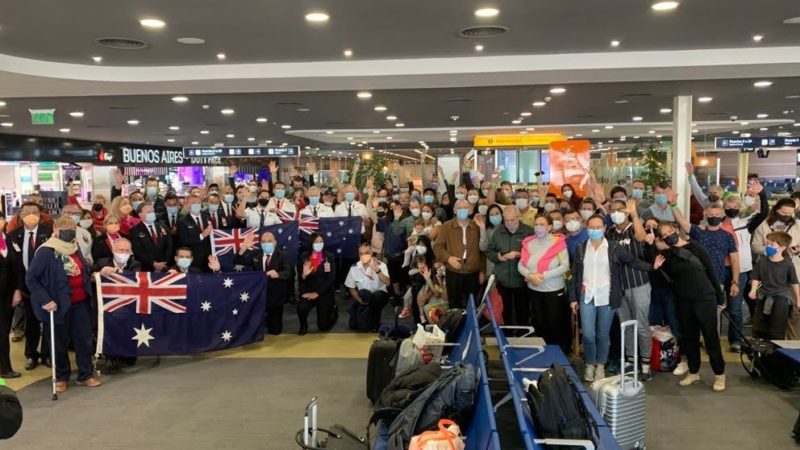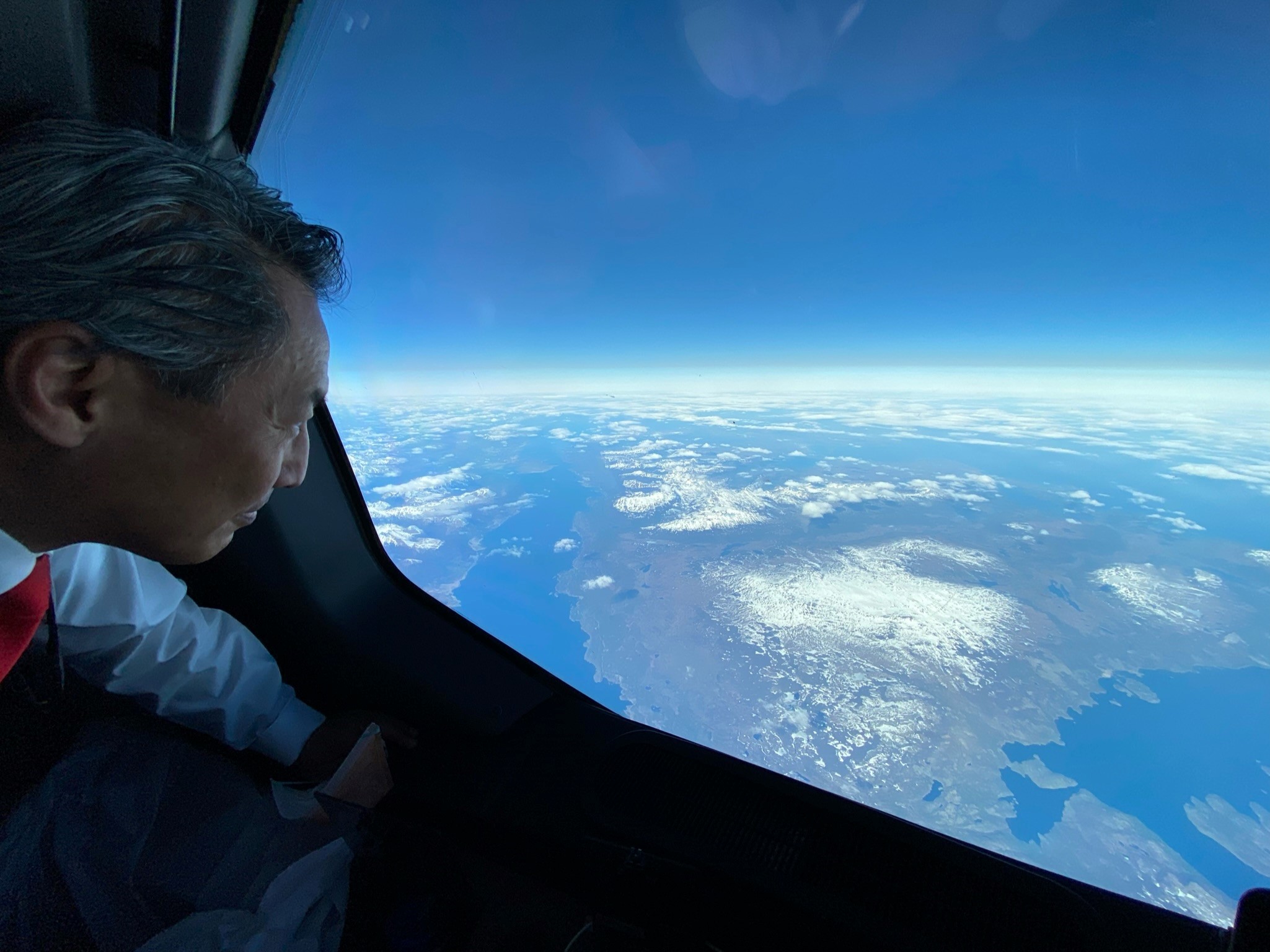Qantas successfully flew their longest commercial flight this week. The record-breaking repatriation flight, operated on behalf of the Australian Government, touched down after 17 hours and 25 minutes in the air.
QF14, carrying 107 passengers, took off at 12:44 local time in Buenos Aires; tracking south of Argentina, skirting the edge of Antarctica, before crossing the Australian coast in remote-South Australia and then finally landing in Darwin just after 18:30.
The record-breaking flight flew entirely in daylight with smooth conditions, experiencing average headwinds of up to 35 kilometres per hour and temperatures as low as -75 Celsius while flying over Antarctica. Mid-flight updates from the flight crew detailed stunning views “over the Walker Ranges” but to the disappointment of some passengers, “definitely no polar bears”.
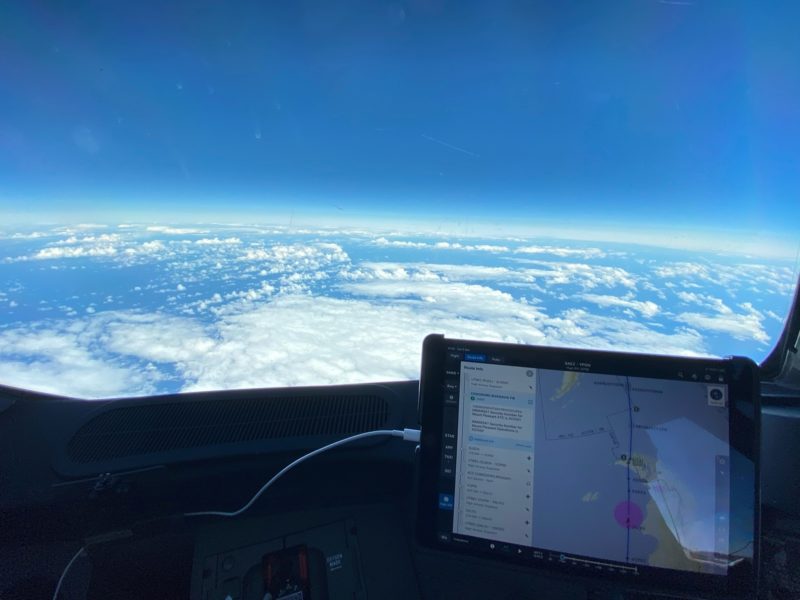
Planning QF14
A team of flight planning analysts spent the past month conducting extensive route planning, based on weather and wind conditions across the Pacific Ocean and Antarctica.
The flight was crewed by the Chief Technical Pilot, Alex Passerini, and three other pilots, working on a rotating roster. Speaking prior to departure, Captain Passerini said while the Boeing 787-9 is a perfect plane for the complex flight “a bit of fine-tuning” was required.
“We have quite a bit of flexibility over the South Pacific as there’s not a lot of other traffic to deal with, but small changes in wind can have quite a significant impact on the route that we take.”
Alex Passerini
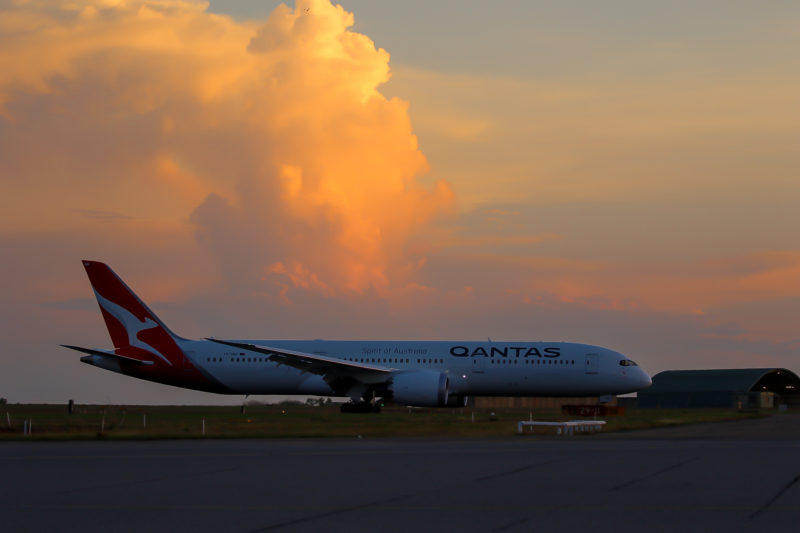
This repatriation flight was the return leg of a chartered flight, which carried the Argentinian rugby team home from the 2021 Rugby Championship in Brisbane. Like all government-assisted repatriation flights, seats were only made available to those registered with the Australian Government and inflight service was minimal.
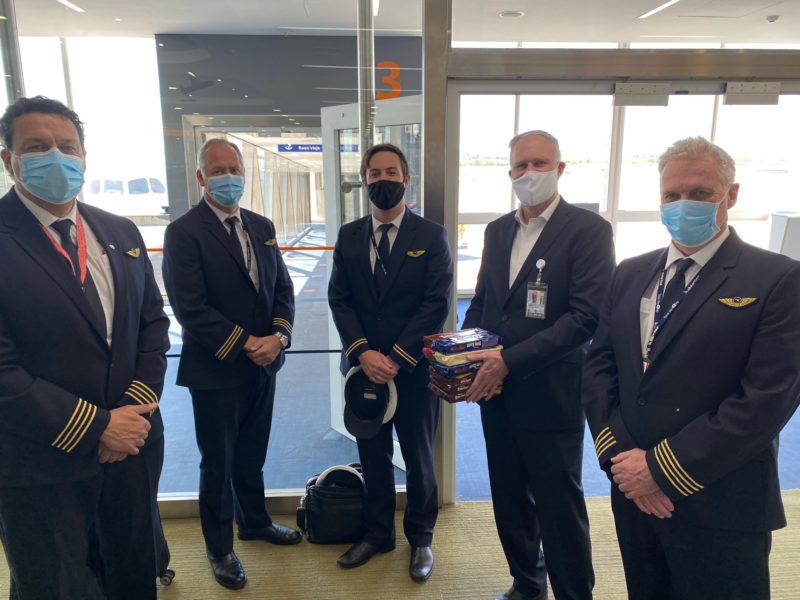
A History of Record-Breaking
While QF14 took the record for Qantas’ longest commercial flight, the airline has previously operated significantly longer flights. In 1989, a Qantas B747 delivery flight flew non-stop from London to Sydney in 20 hours and nine minutes.
The airline also operated two Project Sunrise research flights using a Boeing 787 from both New York and London direct to Sydney in 2019, with a greatly reduced passenger load and a flying time of over 19 hours each.
While it remains unlikely that this flight will become a regular fixture, one passenger described it as “the best flight in my entire life, not least because I could finally come home”.
“There were some truly spectacular views as we tracked across Antarctica, which was an extra bonus for our passengers who were very glad to be coming home.”
Alex Passerini
